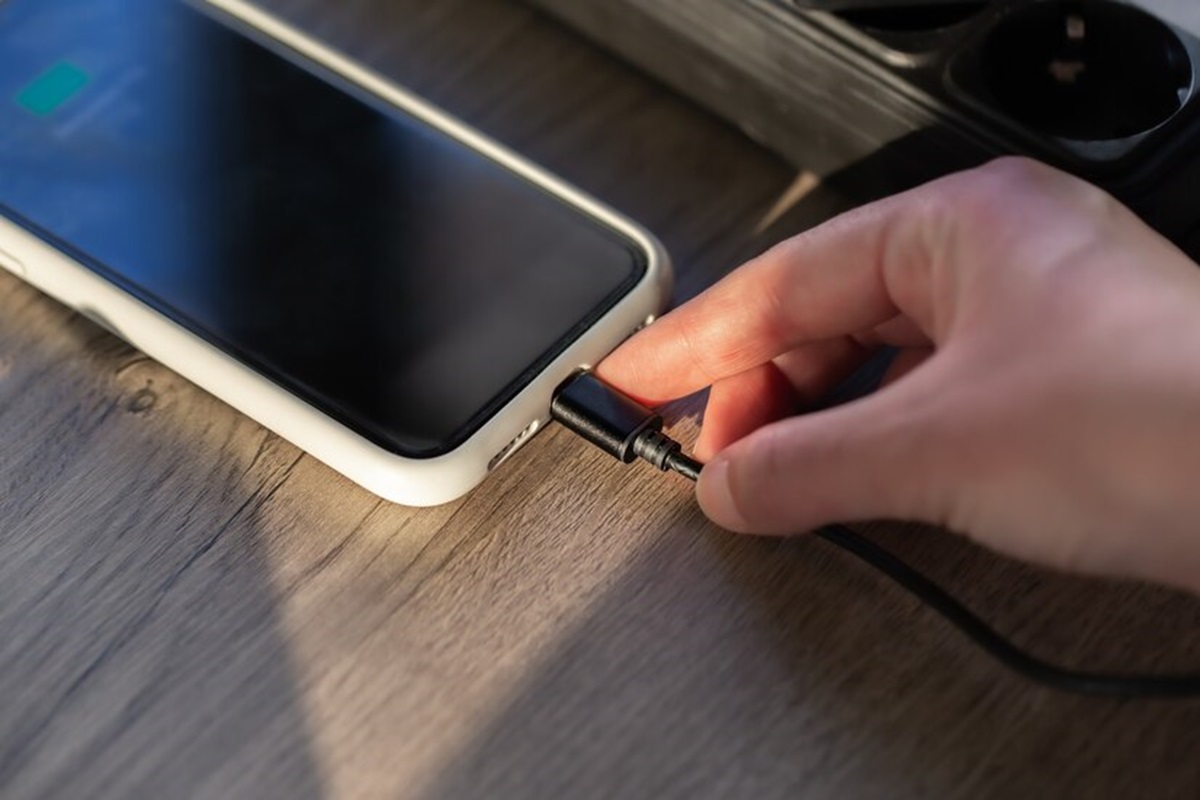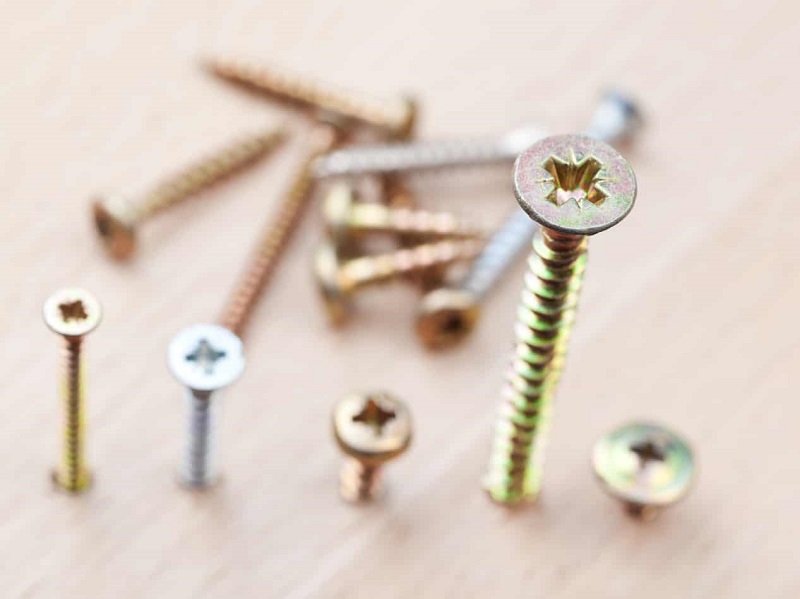What to Do When Screws Won’t Tighten?
You’re in the middle of a home improvement project, armed with your trusty screwdriver, ready to conquer the task at hand. But alas, the screws seem to have a mind of their own, refusing to snugly fit into place. Frustration sets in, and you find yourself in a tightening tango with unyielding fasteners. Fear not! This guide is your ticket to understanding why screws misbehave and how to bring them under control.
The Tightening Tango: Why Screws Rebel
Screws, those unsung heroes of construction and DIY, can occasionally throw a wrench into your plans. Here are a few reasons they might be acting up:
**1. Stripped Threads: Over time, the threads on screws or in the material they’re inserted into can wear down, making it difficult for the screw to catch and tighten.
**2. Wrong Size or Type: Using the wrong size or type of screwdriver can lead to slipping and damage, rendering the screw ineffective.
**3. Wood Movement: In woodworking projects, changes in humidity can cause wood to expand or contract, affecting the grip on screws.
**4. Rust and Corrosion: Outdoor or metal screws can be prone to rust and corrosion, making them resistant to easy tightening.
**5. Debris in Threads: Dust, paint, or other debris can accumulate in the screw threads, hindering smooth insertion.
Tools of the Trade: Overcoming Tightening Troubles
Now that we’ve identified the culprits, let’s delve into strategies for coaxing those recalcitrant screws into place:
**1. Invest in a Screw Extractor: For stripped screws, a screw extractor is a lifesaver. It digs into the damaged screw, allowing you to turn it counterclockwise and remove it.
**2. Choose the Right Screwdriver: Ensure your screwdriver matches the screw head precisely. A mismatch can lead to slippage and potential damage.
**3. Prep with Lubrication: A bit of lubrication, such as WD-40 or a specialized penetrating oil, can work wonders in loosening rusted or stubborn screws.
**4. Back It Out and Start Fresh: If a screw isn’t going in smoothly, back it out and restart. This helps align the threads properly.
**5. Fill and Redrill: In the case of stripped holes, fill the hole with wooden toothpicks or dowels, add some wood glue, and redrill for a fresh start.
Beyond the Basics: Pro Tips for Screw Mastery
To truly become a screw-whisperer, here are some advanced techniques:
**1. Pilot Holes and Clearance Holes: Use pilot holes to guide screws into wood and clearance holes to allow the screw to pass through without biting into the material.
**2. Choose the Right Material: Different materials require different screws. Choose screws designed for the material you’re working with.
**3. Tighten Gradually: Instead of fully tightening one screw at a time, tighten gradually in a cross pattern. This ensures even pressure and reduces the risk of misalignment.
**4. Consider Lubricated Screws: Opt for screws with built-in lubrication for smoother insertion.
FAQs – Navigating the Tightening Terrain:
Q: Can I reuse stripped screws? A: In many cases, yes. Use a screw extractor to remove the stripped screw, then replace it with a new one.
Q: What’s the best way to prevent screws from rusting? A: Choose screws made of rust-resistant materials like stainless steel, and consider using a protective coating or lubricant.
Q: Should I force a screw that won’t go in? A: No, forcing a screw can lead to damage. Back it out, identify the issue, and address it before retrying.
Q: Can I use soap as a makeshift lubricant for screws? A: While soap can provide temporary lubrication, it may not be as effective as purpose-made lubricants for stubborn screws.
Q: What’s the importance of the right screwdriver size? A: Using the right size prevents slippage, ensuring that the screwdriver engages properly with the screw head.
Conclusion: Turning Tightening Trials into Triumphs
With these insights and techniques up your sleeve, you’re armed to face any tightening challenge. Embrace the dance with your screws, knowing that you now hold the key to a harmonious and secure connection.












